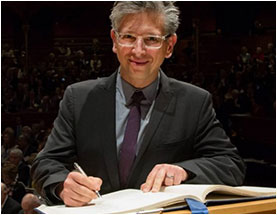- Health
- SEE MORE
- classical
- general
- talk
- News
- Family
- Bürgerfunk
- pop
- Islam
- soul
- jazz
- Comedy
- humor
- wissenschaft
- opera
- baroque
- gesellschaft
- theater
- Local
- alternative
- electro
- rock
- rap
- lifestyle
- Music
- como
- RNE
- ballads
- greek
- Buddhism
- deportes
- christian
- Technology
- piano
- djs
- Dance
- dutch
- flamenco
- social
- hope
- christian rock
- academia
- afrique
- Business
- musique
- ελληνική-μουσική
- religion
- World radio
- Zarzuela
- travel
- World
- NFL
- media
- Art
- public
- Sports
- Gospel
- st.
- baptist
- Leisure
- Kids & Family
- musical
- club
- Culture
- Health & Fitness
- True Crime
- Fiction
- children
- Society & Culture
- TV & Film
- gold
- kunst
- música
- gay
- Natural
- a
- francais
- bach
- economics
- kultur
- evangelical
- tech
- Opinion
- Government
- gaming
- College
- technik
- History
- Jesus
- radio
- movies
- services
- Church
- podcast
- Education
- international
- Transportation
- Other
- kids
- podcasts
- philadelphia
- Noticias
- love
- sport
- Salud
- film
- and
- 4chan
- Disco
- Stories
- fashion
- Arts
- interviews
- hardstyle
- entertainment
- humour
- medieval
- literature
- alma
- Cultura
- video
- TV
- Science
- en
Nanoscience and the Microbiome: The Benefit of a Collaborative ApproachPaul Weiss, PhDUCLA Microbiome Center

UC Presidential Chair, Distinguished Professor of Chemistry & Biochemistry, and Distinguished Professor of Material Science & Engineering at the University of California, Los Angeles (UCLA), Paul\xa0Weiss, believes that the collaborative approach of nanoscience and nanotechnology has the potential to positively impact a number of other\xa0 areas of research and development.
This is certainly true for the field of\xa0microbiome research, wherein the work that the Paul\xa0Weiss\xa0Lab accomplished with the development of the BRAIN Initiative translated to the group\u2019s ability to contribute to the National Microbiome Initiative.
Dr.\xa0Weiss\xa0and his team led the technological roadmap for this initiative by reaching out to scientists and engineers from around the world and bringing them together to focus on understanding how different species in the\xa0human microbiome\xa0(as well as ocean and soil microbiomes) interact with each other.
Dr.\xa0Weiss\u2019 group has been working on a number of other projects as well, including the development of a functional, antimicrobial, anti-inflammatory periodontal membrane that encourages bone regrowth and controls the rate of degradation. Press play for all the details of these topics and more, including:
- What the BRAIN Initiative accomplished in the field of neural circuit research
- How Dr.\xa0Weiss\u2019 group is trying to address single gene mutation diseases like sickle cell and apply the same approach to cancer immunotherapy
- In what ways the work being done by Dr.\xa0Weiss\u2019 lab might enter the clinical world and improve patient lives